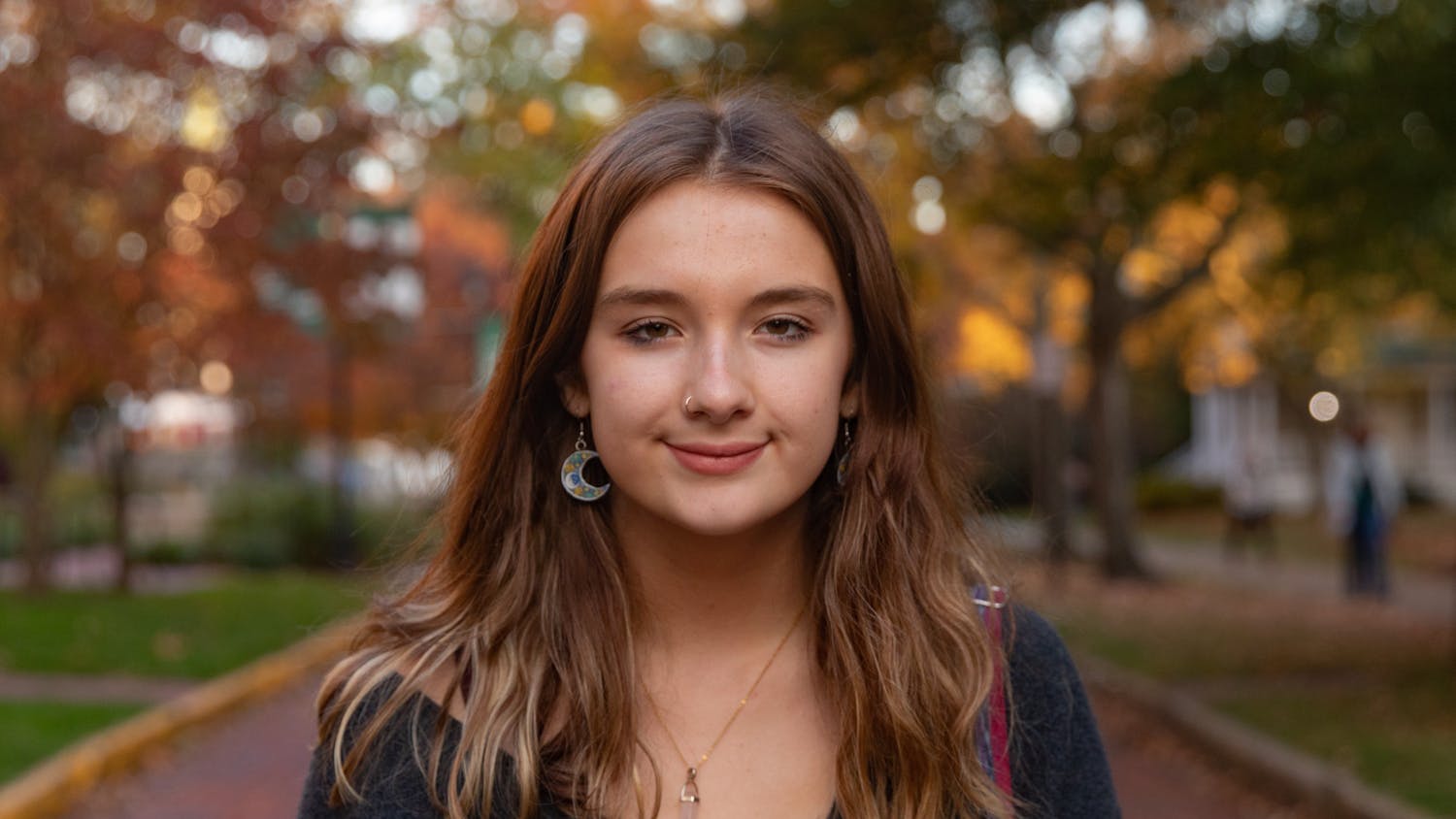A new U.S. Supreme Court ruling supporting Native American children involved with foster care and adoption could have lasting impacts for preserving the freedom and safety of Indigenous families. Here’s what you need to know about it:
Last Thursday, the Court ruled to protect the 1978 Indian Child Welfare Act, or ICWA. According to the National Indian Welfare Association, the act came in response to congressional testimony documenting a crisis in the separation of Native American children from their parents, families and communities by state child welfare and private adoption agencies. The IWCA set federal requirements for state child custody proceedings involving Indigenous children who are identified as being a member or being eligible for membership of a federally recognized tribe. This gives a tribe, parent or Indigenous custodian the opportunity to be involved and intervene in the decisions being made about services and placement.
In more recent years, arguments rose against the act considering the basis of race. The Associated Press reports three white families argued the law violates the equal protection clause under the tenth amendment by putting the interest of the tribes ahead of what’s best for the children. The plaintiffs also believe the law gives the federal government too much power in adoptions and foster placements, which is overseen by the state government.
Ultimately, the Court ruled 7-2 to preserve the IWCA in Haaland v. Brackeen. Justice Amy Coney Barrett, who has adopted children herself, wrote the majority opinion in the ruling saying the “issues are complicated,” but they reject the challenges to the IWCA citing merits and lack of standing. In other words, the Court does not believe the petitioners have enough evidence to prove the claims they are making.
Justice Neil Gorsuch, being a Colorado Native where two federally recognized tribes are located, wrote a concurring opinion. He explained his pleasure to join the majority opinion as it displays how the law comports with the Constitution to “mediate between competing federal, state, and tribal claims of sovereignty.”
For centuries, the United States government has abused and suppressed Indigenous people across the country. From Trail of Tears to Standing Rock, Native Americans have been forced into a conformity. Even though it’s small in comparison to the abuse endured, this ruling shows the federal government's ability to support Native Americans.
“Not only will this ruling allow Indian Country to continue to advocate for the best interests of Native children, but it also reaffirms what we have said and known all along: Tribal Nations are sovereign nations,” said the National Indian Welfare Association in a press release. “Similar to states or foreign countries, Tribal Nations have the inherent powers of self-government and have the right to provide for the social, economic, safety, and cultural needs of their citizens.”
In Ohio, there are no tribes left. According to MidStory, Indigenous communities in Ohio either left or remained unrecognized after 1974. In the 2022 U.S. Census, 0.03% of Ohioans identified as Indian American or Alaska Native alone, which is about 352,682 people. Therefore, families in Ohio may directly benefit from this ruling.
Going forward, this ruling doesn’t mean the end for arguments regarding equal protection issues and the IWCA. As part of the ruling, Justice Brett Kavanugh also wrote a concurring opinion explaining how the lack of standing in this case means “the equal protection issue remains undecided.”
“Courts, including ultimately this Court, will be able to address the equal protection issue when it is properly raised by a plaintiff with standing” Kavaugh said. “For example, by a prospective foster or adoptive parent or child in a case arising out of a state-court foster care or adoption proceeding.”
Haaland v. Brackeen gives perspective on how this Court makes decisions and how it plans to move forward. While the majority ruled one way, Kavanagh has given direction on how the case can be retried for a different ruling. This may come back up as arguments begin again. Other case decisions might also come to new results from this type of poignant opinion writing.
Still, this ruling provides a sense of security and freedom for many Native Americans, and for that reason, it’s worth paying attention to.
Claire Schiopota is a senior studying journalism. Please note that the opinions expressed in this column do not reflect those of The Post. Want Claire to cover a certain topic or talk about her column? Email her at cs123719@ohio.edu or tweet her @CSchiopota.






